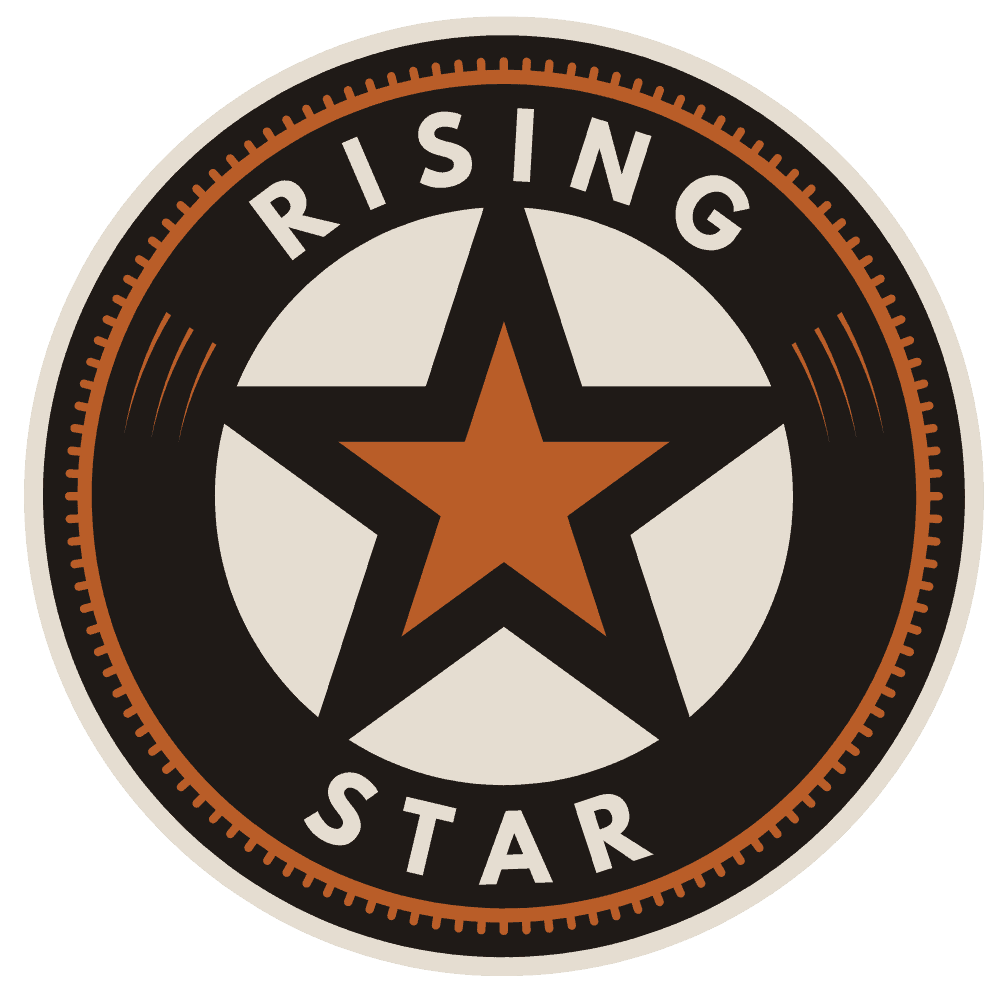Aiken-Rhett House – Charleston, South Carolina
Overview
The Aiken-Rhett House is one of Charleston’s most important historic homes, offering a rare and authentic glimpse into 19th-century Southern life. Built in 1820 and expanded in the 1830s by Governor William Aiken Jr., the property has been preserved in a “conserved-as-found” state rather than fully restored. This unique approach allows visitors to experience the home much as it was, with original finishes, paint layers, and furnishings still in place. Managed by the Historic Charleston Foundation, the Aiken-Rhett House tells both the story of Charleston’s wealthy elite and the enslaved people whose labor sustained the household, making it one of the city’s most thought-provoking heritage sites.
Why Visit
- Step inside one of Charleston’s best-preserved antebellum mansions
- See original 19th-century finishes, furnishings, and artifacts
- Tour the preserved slave quarters and kitchens for a fuller perspective on history
- Learn about the influential Aiken family and their role in Charleston’s past
- Experience Charleston’s history in a less romanticized, more authentic way
Highlights
- Main House: Elegant rooms with preserved decorative finishes and period furniture
- Art Gallery: A collection of paintings collected by William Aiken Jr. during his European travels
- Slave Quarters: One of the most intact examples of urban slave dwellings in Charleston
- Service Yard: Includes original kitchens, stables, and carriage houses
History & Cultural Significance
The house was originally constructed in 1820 by merchant John Robinson but was purchased and significantly expanded by Governor William Aiken Jr. in the 1830s. Aiken became one of the wealthiest men in South Carolina, and his home reflected the prosperity of Charleston’s elite during the antebellum era. The estate included not only luxurious living spaces but also extensive service areas where enslaved people lived and worked. Rather than restoring the property to look “new,” the Historic Charleston Foundation chose to conserve it in its weathered state, allowing visitors to see layers of history and feel the passage of time. This approach makes the Aiken-Rhett House an invaluable site for understanding Charleston’s complex social and cultural history.
Typical Costs & Tickets
Admission to the Aiken-Rhett House typically costs around $15 USD for adults, with discounts for children, students, and seniors. Tickets can be purchased individually or as part of combination passes with other historic homes in Charleston. Audio-guided tours are included in the ticket price and provide an in-depth narrative throughout the property.
Best Time to Visit
The house is open year-round, and indoor tours make it an excellent option regardless of the weather. Mornings and weekdays are usually less crowded, offering a quieter experience. Visiting in the spring or fall allows you to combine the tour with Charleston’s many outdoor attractions in pleasant weather.
Nearby Experiences
The Aiken-Rhett House is located in Charleston’s historic district, making it easy to combine with other attractions. Nearby highlights include the Nathaniel Russell House, Charleston City Market, and the Battery promenade along the waterfront. Restaurants and cafés nearby serve Lowcountry cuisine, giving you a taste of the city’s culinary heritage after your tour.
Travel Tips
- Plan about 1–1.5 hours to fully explore the house and grounds
- Use the audio guide for detailed insights into both the Aiken family and the enslaved community
- Wear comfortable shoes for walking across uneven historic surfaces
- Photography is generally allowed, but flash may be restricted inside
- Pair your visit with another historic home to compare Charleston’s preservation approaches
Fun Facts & Local Legends
- The house was home to three generations of the Aiken family before being sold in the 1970s
- William Aiken Jr. was not only governor of South Carolina but also a wealthy rice planter and railroad owner
- The property contains one of the best-preserved urban slave quarters in the United States
- Many visitors say the conserved interiors feel like “walking back in time,” with peeling paint and worn finishes telling stories restoration often erases





